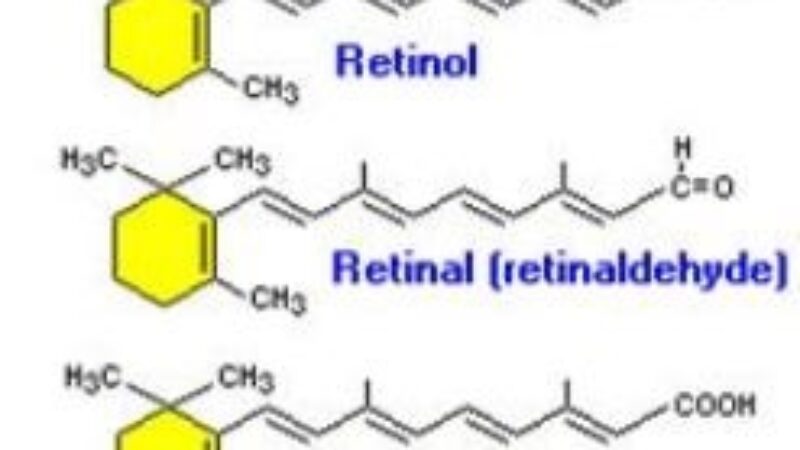Customized skin care is not a new idea, but products and treatments tailored to your specific DNA? Depending on who you talk to, it’s either science fiction or dream come true.
DNA was first identified by Swiss chemist Friedrich Miescher in 1869 but it was not until 1953 that American biologist James Watson and English physicist Francis Crick discovered the double-helix structure of DNA that is so recognizable today. Since then, DNA has been used increasingly to:
- Solve crimes
- Determine paternity and ancestral relationships
- Measure risks in developing specific disease
- Identify and treat different types of cancer
- Develop vaccines and antibiotics
Advances in DNA technology have resulted in an exponential expansion of its uses in the medical world and its significance cannot be overstated.
In a perfect world, we would be able to do a quick, simple and inexpensive test to narrow down our personal genetic predisposition to dark spots, acne, wrinkles and other age-related signs of aging. Armed with that information, a customized treatment would target those skin dilemmas with antioxidants and topical vitamin serums.
However, considering the sheer number of genetic variants in human DNA plus the time and funds necessary to identify and research the specific ones that determine our skin’s characteristics as we age, we may only be at the very initial stages of being able to use genetics to measure probability in developing age spots, sagging skin and freckles. And the presence of a particular gene linked to a condition does not unequivocally guarantee the development of that condition but certainly raises the odds.
As pro-science as I am, one shortcoming of DNA testing for the skin is that it does not take into account extrinsic factors. Lifestyle and environment can both have a major impact on visible signs of aging. In the meantime, a healthy diet, daily sunscreen use and a preventive skin care routine (including cleansing, moisturizing and a gentle retinoid) are steps we can all take to exert some influence over how our skin looks and feels.



